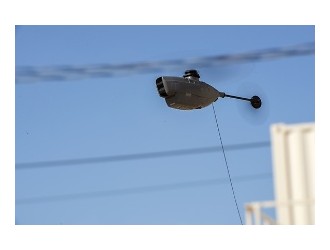Part 1 of this report on Aeroflot's connecting sixth freedom traffic noted that Aeroflot is the 13th largest carrier of passengers between Western Europe and Northeast Asia, wheras Finnair – whose "Nordic Shortcut" strategy is well-known – is slightly larger and is the 10th largest operator. After Emirates, Aeroflot is the largest airline flying passengers between the regions but is not based in either of them; all the other operators are Western European or Northeast Asian airlines.
This second and final part examines Aeroflot's growing connecting market in depth. Of the airline's connecting Western Europe-Northeast Asian passengers, 54% are travelling to/from mainland China. This correlates with the share of Aeroflot capacity allocated to China. Among Finnair, Turkish and the Gulf 3 "superconnectors", Aeroflot has the fewest destinations in Northeast Asia. Yet its frequency in prime Chinese cities is unmatched. Aeroflot has the benefit of good aeropolitical relations with China while benefitting from other airlines being restricted over Chinese airspace. This may appear to be a short term advantage that will reduce as competition grows.
Yet a review of the city pairs wher Aeroflot is the strongest on transfer traffic indicates growth opportunities as more markets are incorporated into JVs and complacency settles in. This may increase already tense relations between Aeroflot and its SkyTeam partners. Pursuing stronger transfer traffic will be a delicate decision for Aeroflot management.





